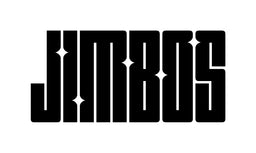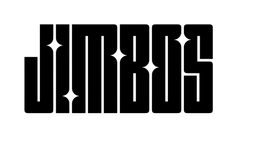How to Choose the Right Microfiber Towel for Each Detailing Job
Don’t let the wrong towel ruin your results. Match the microfiber to the job.
Why Towel Choice Matters
Using the wrong microfiber towel can cause swirls, leave lint, or fail to properly remove product. Each towel is designed for a purpose—and using the right one helps you get professional-level results with less effort.
1. Paint – Washing & Drying
- Use: High-pile, ultra-soft towels with high GSM (390+)
- Recommended: Orange Wash Microfiber for washing
- Drying: Massive Drying Towel to absorb without scratching
2. Interior Surfaces
- Use: Medium-pile towels or scrub pads for textured plastics
- Recommended: Everyday Microfiber Towel or Scrub Buddy Pad
3. Glass & Mirrors
- Use: Flat weave, low-pile microfiber to avoid streaks
- Tip: Dedicate a towel just for glass and avoid cross-contamination
4. Ceramic Coating & Final Wipe
- Use: Ultra-soft, edgeless towel with high GSM (550+)
- Recommended: Softer Than Soft Microfiber Towel
5. Dirty Jobs (Wheels, Door Jambs, Exhaust Tips)
- Use: Retired or budget towels you don’t mind trashing
- Tip: Color-code your towels to avoid mix-ups
How Many Towels Should You Own?
If you’re detailing regularly, a good starting setup includes:
- 6+ for paint (wash/dry)
- 4 for interiors
- 2 for glass
- 2 for coating/finishing
- Old towels for dirty tasks
Related Posts
- How to Wash Microfiber Towels Without Ruining Them
- Why You Should Never Use Fabric Softener on Microfiber Towels
FAQs
Can I use one towel for everything?
It’s not recommended. Cross-contamination can damage paint or reduce cleaning power. Use dedicated towels for each task.
What’s the difference between GSM levels?
Higher GSM means thicker, more absorbent towels. Use high GSM for drying or finishing, and lower GSM for interior or glass work.
Do I need to wash towels after every use?
Yes. Microfiber traps dirt and chemicals, which can transfer back to surfaces if reused dirty.




